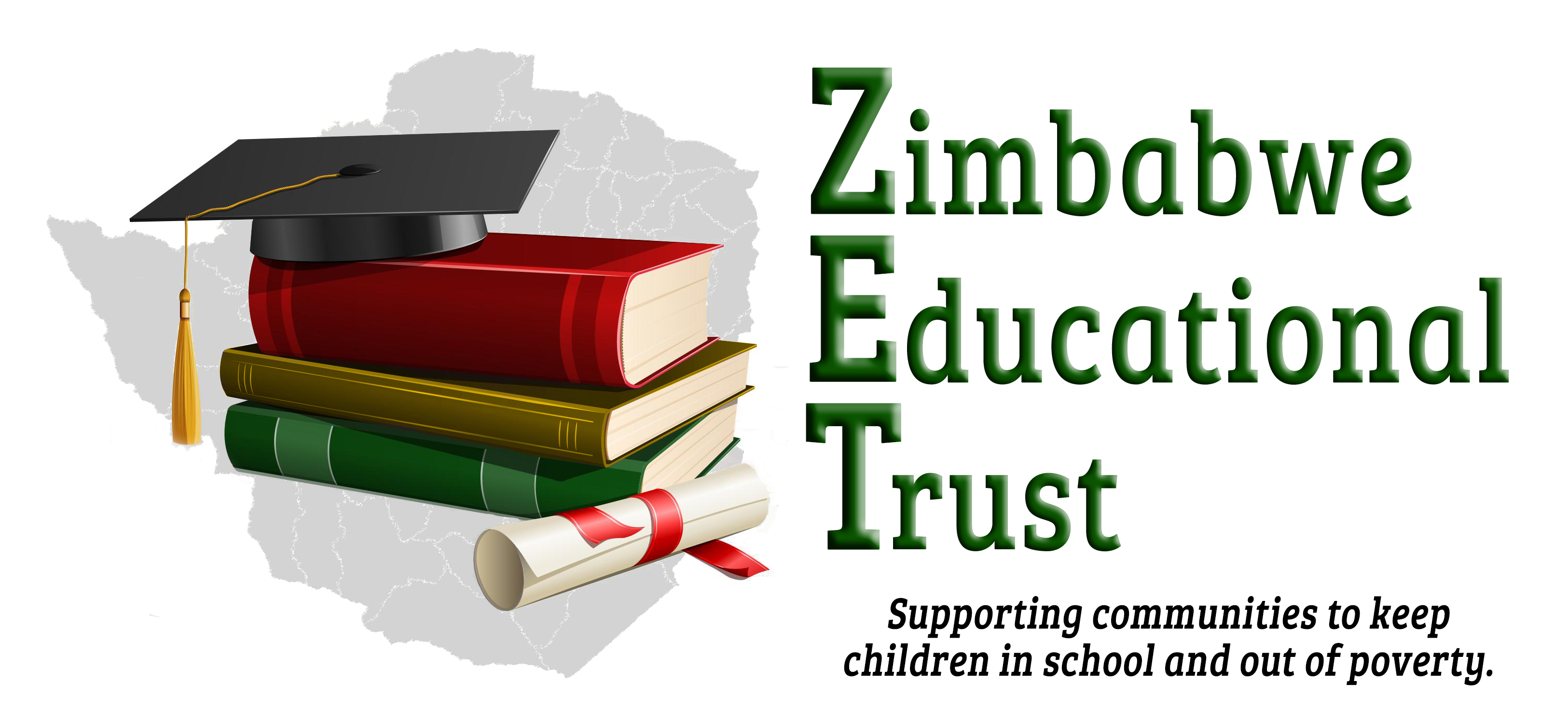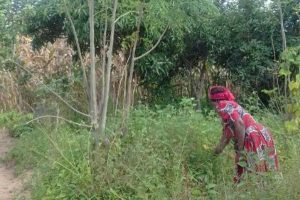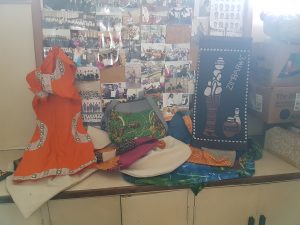Please note: this article originally appeared on The Global Native’s website, and was kindly shared with us by the organisation’s director, Na Ncube.
In June 2013, the Chairperson of the African Union Commission, Dr. Nkosazana Dlamini Zuma, delivered a lecture in London hosted by the Royal African Society. I noted with interest that within the first seven minutes of her 50-minute speech, she made mention of the important contribution(s) by the African diaspora in Africa’s development under the rubric of Domestic Resource Mobilization; this is in keeping with the recent stance of the African Union towards what is now its Sixth Developmental Region. To paraphrase Her Excellency, she made note on how investment in Africa by Africans has doubled, currently making up 17% of all foreign direct investment projects on the continent. She further cited a quote from the International Business Herald of 8 May 2013 which read ‘Surprise! Africa’s fastest growing Foreign Direct Investor is now Africa.’
Indeed, the contribution(s) of Africans in diaspora have become a catch phrase in today’s development jargon. Countless articles by both Africans and other scholars advocate for Africa’s diaspora as the next panacea, or ‘magic bullet’, for solving the development quagmire. More so in the advent of the African Union’s Golden Jubilee, various articles have rehashed the same information in perhaps a slightly different order but mostly outlining what is perhaps already known or even taken for granted. I take no issue with these publications and indeed their information is valuable, however, what has since taken my attention is that many such claims seem to conclude pretty much the same way. Typically they outline the advantages of the African diaspora over donor agencies and conclude by saying that African governments, or the AU or some other supranational body should ensure that the diaspora are taken into account in moving African development into a bright future.
However, none of these have given any real analytical thought to the nuts and bolts of this engagement, nor do they offer any concrete way forward, they seem to chant a nice slogan and leave the reader hanging. For example such claims that ‘the AU’s ‘Sixth Zone’ policy cannot just be something on paper alone… [but the AU must]… rely more on diaspora African remittances to speed up African development in the 21st century.’ No further information is given regarding what steps the AU is expected to take or, more importantly how such remittances are to be accessed. Nor does it elucidate what an African in diaspora should do next once they get all charged up and passionate about African development.
This paper attempts to open up this subject which is a continuation of an older debate by coming to grips with, and trying to understand the details of what the AU is dealing with in its ‘Sixth Region’. My aim here is not to be prescriptive, exhaustive or overly informative, rather I wish to push forward a debate that, to me, seems to have come to an impasse; what I will call here, ‘the diaspora as dilemma’. The article will attempt to understand this dilemma by first understanding the nature of this Sixth Region; then the internal problems which I believe are at the root of engaging the diaspora, and which perhaps have a far more reaching consequence than the magnitude of the sums of remittance flows that are sent to Africa; followed finally by a discussion of two ways of addressing this issue, primarily as a way to hopefully start a deeper debate concerning the “how” aspect of the diaspora / institutional engagement.
WHAT DEBATE?
To most professionals in the development field, 2009 was a watershed year for not only African, but ‘Southern’ development when Dambisa Moyo published her highly influential book, Dead Aid (Moyo, 2009). She was further named one of the most influential people in the world by Time Magazine that same year, so she obviously struck a nerve. What was striking about Dead Aid is that many aspects of the argument were actually not new, but they had simply not be put together in a way that simplified and basically ‘undressed’ the development industry and offered a way forward. Alternative approaches to development have since become a preoccupation of many Africans who become vocal in the debate because they could finally give words to their discomfort and frustrations. This understanding gave a clear framework by which the African diaspora can engage development. However, since then, while the message has gone viral, it has also found itself in a cul-de-sac as Africans seem to simply chant how much better the diaspora are at development than foreign agents, so let us begin there.
The diaspora have become a new fad in development since the turn of the millennium, though they existed for ages and remittances have always been channelled to Africa and other developing countries such as Mexico, (where remittances make up the highest contribution to the country’s GDP); yet the diaspora had no real ‘presence’. Meanwhile, in 2002, the World Bank released a report outlining that remittances from relatively poor migrant workers in rich countries (the diaspora) were much higher than the combined total of government aid, private bank lending and International Monetary Fund (IMF)/World Bank aid and assistance (World Bank, 2002). Since then, there has been much interest in the diaspora due to the high figures they remit even in the face of the global economic and financial crisis; in fact, it has been observed that remittances are even higher in the context of crises. The following year, 2003, the African Union (AU) amended Article 3 of their constitution and essentially identified the African diaspora as its sixth regional block (Davies, 2007). The African Union recently held their ‘first ever Global African Diaspora Summit…in South Africa…attended by the Heads of State and representatives from 54 African nations’ (AU, 2012) as an official bid to engage the African diaspora as highlighted in Dr Zuma’s recent lecture in London. These progressions of euphoric institutional interest to capture the diaspora for development have provided ‘visibility’ for the diaspora, many of whom have responded by ‘getting organised’ to take advantage of this limelight. Yet there has been no clear path from the diaspora regarding what concrete partnership they want, beyond chanting mantras and slogans, and perhaps this is a telling point. While there is a clear willingness by both parties to engage, the devil seems to lie in the details; how does this engagement take place and in what form? To get to grips with this, it is helpful to understand first of all who the diaspora is (are).
DIASPORA AS DILEMMA
‘Diaspora’ was originally used to denote populations that were forcibly removed from a homeland and though they settled elsewhere, still orientate their lives, and plans to returning to such a homeland as in the case of the Jews and recently the Palestinians. It then made its way into public discourse by including any group that either moves across national borders yet retains strong ties to their homeland, or in some cases, national borders move over people producing the same effect. In its current use it also includes a means to evoke, mobilise, or create support for a project (political or otherwise) in the service of a homeland (Faist, 2010). Without going into detail, there is a raging debate underway regarding the use of the word and its recent ‘expansion’ which some thinkers believe dilutes its meaning. Here, I argue that this is not so relevant, what is important is that the word has been captured by institutions, people with a historic heritage in Africa, as well as recent migrants to create a sense of homogeneity, or construct a constituency through which they are able to make collective social claims. For example, migrants (as diaspora) now advocate for better incorporation in their host countries, though ironically, if they were to assimilate to their hosts, they would stop being ‘diaspora’. It is for this reason that to remain relevant, the ‘diaspora’ must remain a ‘dilemma’ with both feet placed firmly across two borders or continents as the case may be. Therefore, what matters most is not what the word ‘means’ but what it ‘does’, the proverbial rose by any other name.
In other words, by successfully fusing various forms of migration and cross boarder processes (or transnational tadafil processes), ‘diaspora’ has effectively ‘brought migrants ‘back in’ as important social agents’ (Faist, 2010). Effectively, the diaspora can be defined as ‘the exemplary communities of the transnational moment’ (Tölölyan, 1991). So, all this means that ‘diaspora’ has become a confusing term which can mean very different groups of people, for example, ‘expatriates’, ‘migrants’, ‘ exiles’, ‘historic communities’ and ‘refugees’ even and in fact it forms this unruly collection with many groups jostling for very different agendas under the same heading. This is a large component of why diaspora engagement is such a difficult undertaking for any institution on a practical level, because to engage this group, one has to effectively ‘invent’ it from above. The AU for examples has done this by defining African diaspora as ‘peoples of African origin living outside the continent [of Africa], irrespective of their citizenship and nationality and who are willing to contribute to the development of the Continent and the building of the African Union’.
Immediately one can question if ‘inactive’ migrants or others are not diaspora, or what of ‘national diasporas’, those who move within Africa itself, and want to support their country of origin while living in another, and so forth. While ‘diaspora is a necessary way to ‘group’ a constituency, its inclusiveness makes it equally unworkable, taken practically, if the AU wishes to sign an agreement with the diaspora, for example, whose signature would be on the agreement? This practicality infuses every engagement, bearing in mind that the primary reason for institutional euphoria in the diaspora is financial, in the form of remittances, investment and other financial flows. Quantifying these amounts effectively made the diaspora visible, yet there aren’t too many practical ways to ‘operationalise’ that money institutionally. Yet in reality, it doesn’t matter if remittances or other investments can be captured or not, their presence has opened up a space for those outside Africa to reengage with institutions, politically, or for development or any other cause. It can be argued that due to its lack of homogeneity, the Sixth Region is only useful as an ‘instrument’, where institutions can only speak and act on its behalf without any scope for the diaspora to meaningfully engage, simply on practical considerations alone. So, in light of this, and instead of voicing what the AU hasn’t done, or ought to do, let’s consider what options exist for creating a meaningful engagement with its Sixth Region.
THE DILEMMA OF LEADERSHIP
I would like to take a practical example to portray this aspect of my monologue. There are two diaspora organisations in the UK that I am involved with, since I don’t have their permission, I will name them Organisation ‘A’ and ‘B’. The first has been in operation for many years and is considered a leading authority on African diaspora and development issues and is currently recognised by both diaspora and institutions alike. The second is fairly new and was formed by various individual organisations to engage government institutions in the UK as a way of providing a platform for a ‘single voice’ for its constituency in the diaspora.
Organisation ‘B’ has experienced a myriad of problems in trying to consolidate and represent its constituency in the diaspora, effectively for the reasons highlighted above. Due to acute heterogeneity, as soon as anyone stands up to say they are taking leadership of the diaspora, they are attacked almost immediately…By the diaspora themselves. Questions run along their source of legitimacy to lead over others. A spokesperson of the group was cited saying ‘we represent our constituency even if they are not aware of it’. Most complain that there has not been any consultation and no one has voted in this group or that individual and so forth.
Therefore as an institution such as the AU, engaging those who claim such leadership lands the AU in the middle of a mine field. In this case, the crisis of representation (the democratic approach) has created more splinters than unions. Therefore if this constituency called the Sixth Region be formally grouped together, organised, led or governed, what hope is there for the African Union and indeed any other institution to engage meaningfully with these diaspora? These groups who seem to have no agenda of their own and only scuffle and fight for relevance in this newly created visible space for engagement?
A second approach, something I have called elsewhere, ‘Beyond the Engagement Impasse, Leadership without Representation’, is exemplified here by organisation ‘A’. Let’s first consider how this attention on the diaspora is mirrored in examples like the NGO experience. In the early 1980s, the developing states had been the main driver of development and the primary recipients of donor aid. At that time, donors underwent serious fatigue and blamed state corruption for the failure of development. NGOs then stepped in as a means to sidestep state corruption, but for all their advantages of being flexible, on the ground and ‘uncorrupt’, NGOs have come to resemble the very same states they had replaced. Currently, the NGOs are viewed as the problem in development and the diaspora are in pole position to occupy that space. However, with the problems above, it appears that to remain relevant and effective, the diaspora must work within their strength and learn from the NGO experience. They must remain a ‘dilemma’ and operate in a ‘different’ way from all other actors in the development field. As in the case where leadership in the diaspora cannot be by ‘representation’ rather, it must be by example. The effectiveness of simply doing the job without making claims has been the basis of power for organisation ‘A’, ironically, no one challenges that legitimacy in the diaspora nor in any institution. It may seem ironic that though operating in the West within the ‘confines’ of democracy, this organisation has emerged through; let’s call it an African form of leadership – by strength and good example, not by rhetoric. I argue here that perhaps this formation is a clue that the AU can take forward to policy implementation.
CONCLUSION: A NEW APPROACH?
As highlighted above, since diaspora now includes just about anyone outside their national border, it now includes migrants and historic populations who circulate back and forth and not simply people who are “stuck” in place and long for home. As a result, those mobile agents (who weren’t previously included in the diaspora definition) have emerged as the most effective members, though they make up the elite portion of the diaspora. These elites (as well as institutions) actually ‘negotiate and constitute what one may call disaporaness’. This means that not only are these groups acutely heterogeneous and difficult to engage, they are also a moving target which are ‘formed’ and ‘unformed’ rather rapidly. Yet even in the face of these challenges, there are already various formations in place through which the diaspora can engage with the AU such as: the African Diaspora Investment Fund for channelling remittances, African Diaspora Volunteers Corps, as through African Parliamentarians in the Diaspora who could hold annual parliamentary meetings, AU-Diaspora Foundation/Trust to support the AU-Diaspora Initiative to name a few initiatives.
While this article does not seek to answer every question, it aimed to bring to light the different difficulties that may be faced by the AU in its diasporic engagement and seeks to suggest a direction for such engagement. In our work at The Global Native, for instance, we have approached remittances as a form of alternative development finance which I will provisionally name ‘Diaspora Direct Investment’ not to be ‘accessed’ or ‘captured’ by institutions, rather to be ‘partnered’ with. This conclusion developed from questioning that since remittances were there all along (in addition to development aid), why then does everyone seem to think remittances alone can now solve the problem which both forms of finance did not? In other words, this ‘visibility’ on its own does not turn remittances by magic into the panacea that is longed for by every development practitioner. However, by thinking practically through a simple form of community shares, remittances can be turned from consumption to investment and remain essentially ‘informal” flexible funds that the everyday migrant is familiar with. Such practical approaches must form the cornerstone for the AU’s future effort to ‘developmentalise’ its Sixth Region.
Written by Na Ncube, Director of The Global Native










